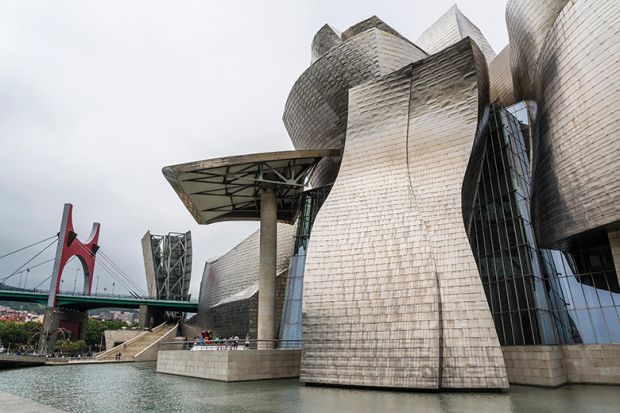“I have a confession to make. I hate Venice.” So begins Richard J. Williams’ Why Cities Look the Way They Do. It is a promising start to an intriguing book that faces the complexities and paradoxes of the 21st century city head-on.
Williams, professor of visual culture at the University of Edinburgh, focuses on “the city as process”, and draws largely on the philosophies and theories of art and architecture. As an architect, I can vouch for Williams’ observations on my own profession, which are spot on. “Architectural and urban criticism invariably stops at the moment something is built,” he observes, one reason I would argue that we know so little about what works.
I enjoyed Williams’ insightful observations, his use of quirky sources such as the TV series Seinfeld to tease out a structure for the chapter on sex (which isn’t quite as exciting as its sounds), the introduction of fascinating off-piste examples and his beautiful writing. The book opens up questions rather than closing them down and, being relatively short and accessible, is likely to be on reading lists for some time.
The individual chapters, offered as a methodology for really looking at cities, explore money, power, sex, work, war and culture. As usual, religion doesn’t get a look in – nor nature nor technology. Fortunately and refreshingly, Williams doesn’t pretend to be exhaustive: “Like any book, this one is influenced by the partial and eccentric experience of its author.” He acknowledges that his emphasis is on the “largely rich, largely northern hemispheric cities”. To me, it feels like the book has an emphasis on the 1980s, a pivotal period of privatisation of city space. This was also a period when real estate took off as an investment, often from overseas, distorting the market and blighting communities in the process, a problem that Williams interrogates in some detail.
The chapter on work is of particular interest because it gives an account of the development of the “so-called” creative industries and their colonisation of space, for example through squatting. This is a neglected area of research. It is also a particularly pertinent subject given current British government ambitions, trickling down to us in academia more or less blatantly from research councils, to tame creatives in the name of UK Plc. The irony that the creative industries were developed “in critical relation to the state” is not lost on Williams, whose attention then moves on to culture, providing a useful account of its self-conscious development as an “industry” since the Second World War. He reflects on “the Bilbao Effect”, the putative economic impact of Frank Gehry’s Guggenheim Museum in the northern Spanish city and the rise of iconic projects built in the name of soft power.
I really like the fact that Williams is unafraid to make predictions about the future of cities, and the way that they might be conceived in the years ahead. Ultimately, they are “the material forms of processes that can’t, and shouldn’t, be fully controlled”.
Flora Samuel is professor in the new School of Architecture at the University of Reading, and the author of Why Architects Matter: Evidencing and Communicating the Value of Architects (2018).
Why Cities Look the Way They Do
By Richard Williams
Polity
232pp, £15.99
ISBN 9780745691817
Published 3 May 2019

